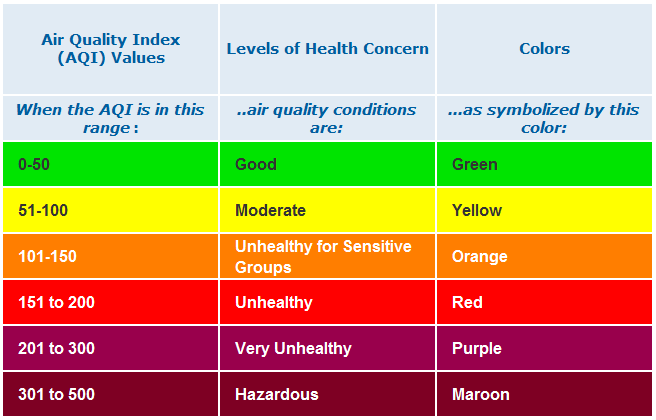This morning, residents in the NCR woke up to find the Sun missing. In its place were smog, a blanket of dust and a smoky cityscape. And this continued till as late as 10 am.
After Diwali, this was the second time pollution levels hit the "severe" or "hazardous" category in the capital.
So much so, that the Indian Medical Association (IMA) has declared Delhi in a state of "Public Health Emergency" and recommended that schools be shut.
According to officials of UP Pollution Control Board (UPPCB), this morning's smog was a result of a number of factors. “Stubble burning in the neighbouring states of Haryana and Punjab is one of the prime causes of smog in Delhi and the NCR,” an official stated.
This morning, while PM 2.5 levels rose to 424 microgram per cubic metre (mpcm), PM 10 went up to 434 mpcm. The permissible limit for particulate matter in India is 60 and 100, respectively.

As the chart illustrates, our pollution level this morning fit quite snugly in the "Hazardous" zone
The Central Pollution Control Board (CPCB) has said that high moisture levels in the air have trapped emission from local sources. Dipankar Saha, CPCB’s air lab chief, stated that the atmospheric calm — marked by the complete lack of winds — has led to the situation.
The India Meteorological Department (IMD) said that visibility in the capital stood at 200 m around 5.30 am this morning, and that there was no sign of improvement until 8.30 am. The temperature had dropped to 17°C in the early morning hours.
Commuters had a tough time travelling to work. “I had to use parking lights while driving, as visibility was dangerously low,” said Anuj Kumar, a resident of Sector 20, Noida.
The city, with a population of more than 6 lakh, has been struggling to clean its air, which has become a toxic cocktail of dust, smoke and gases emanating from vehicles, factory exhausts, stubble burning and coal-fired power stations.